Mummy Lake Photos: An Ancient Ceremonial Structure
Mummy Lake
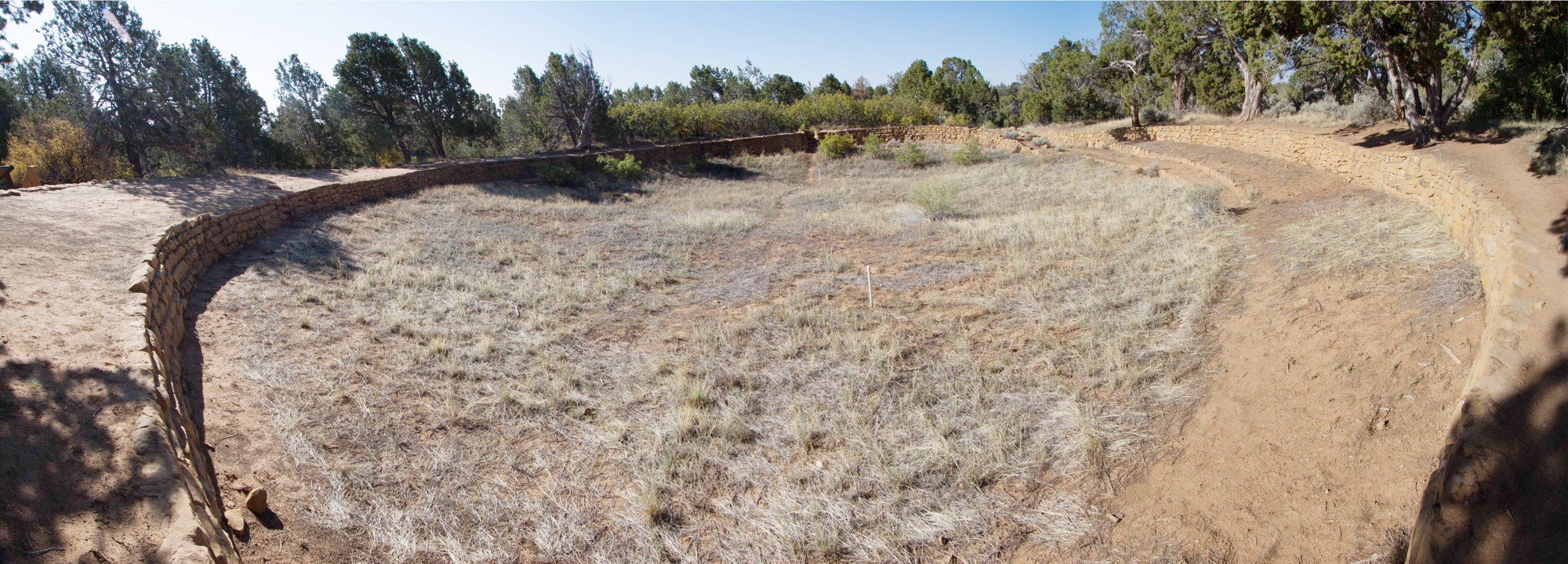
Mummy Lake, a sandstone-lined circular pit in Colorado's Mesa Verde National park was built some 1,000 years ago and rather than being used as a water reservoir by the Ancient Puebloan people, it was likely used for ritual purposes.
East side
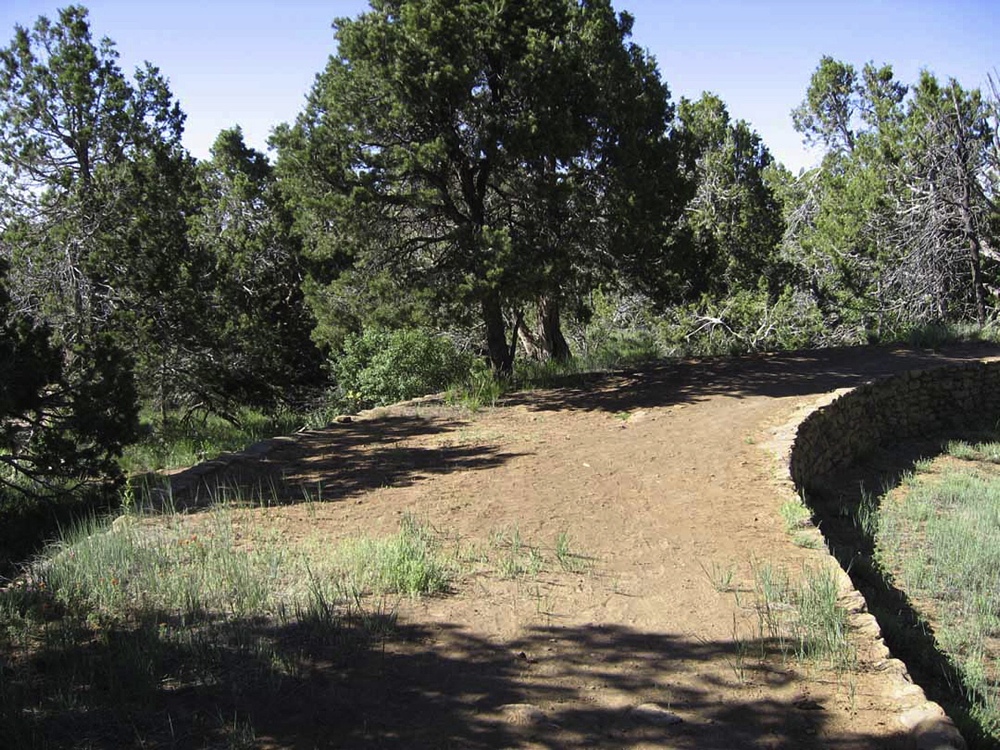
— Walled flat surface bordering the east side of Mummy Lake.
Ancient road
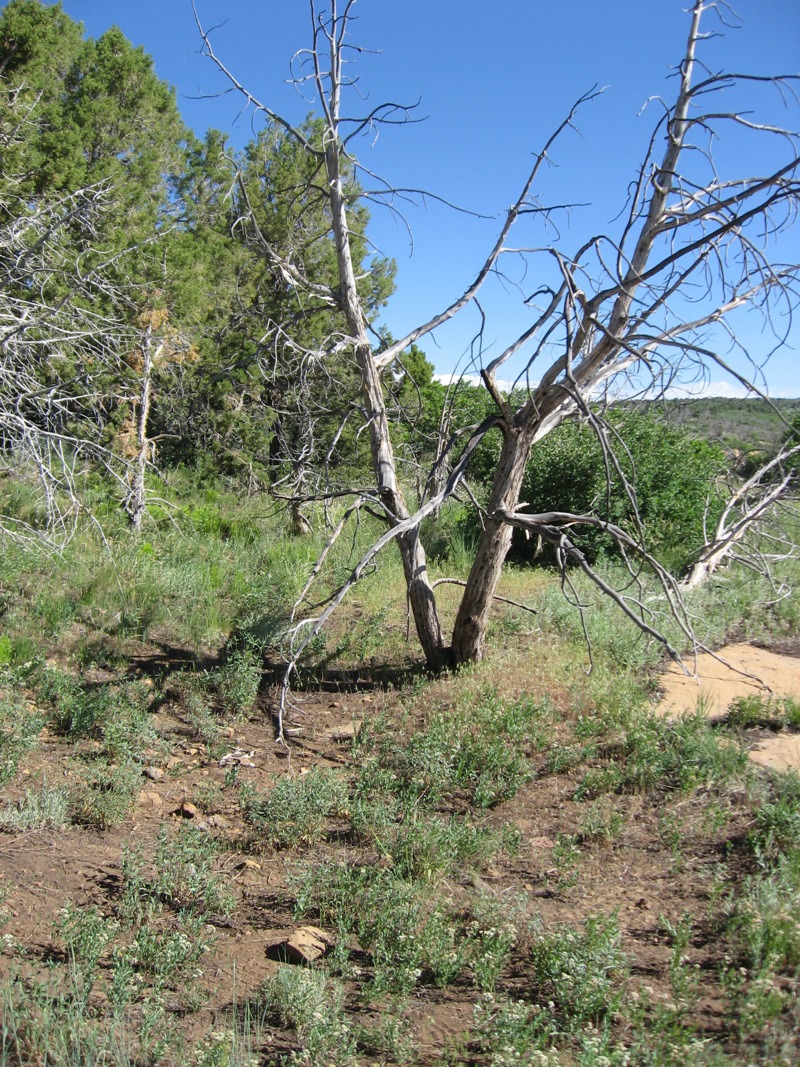
Processional road that connects Mummy Lake to Far View Village. This shallow ditch was once thought to be a channel for water.
Far View Village
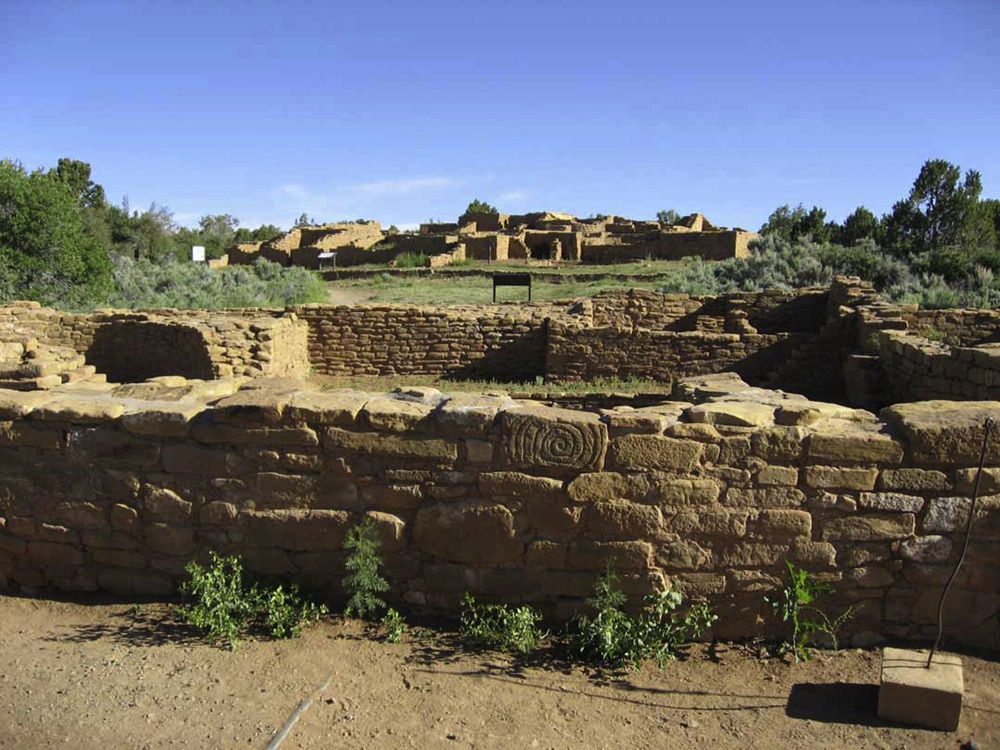
Far View Village lies on a ridgeline that decreases in elevation from north to south, and includes Far View House (shown in background), Pipe Shrine House (shown in foreground), Far View Tower, Mummy Lake and other buildings. Previously, scientists had thought Mummy Lake — the northernmost structure — was a key part of a large water collection and distribution system that transported water between these structures to areas south of the reservoir.
Lake ramp
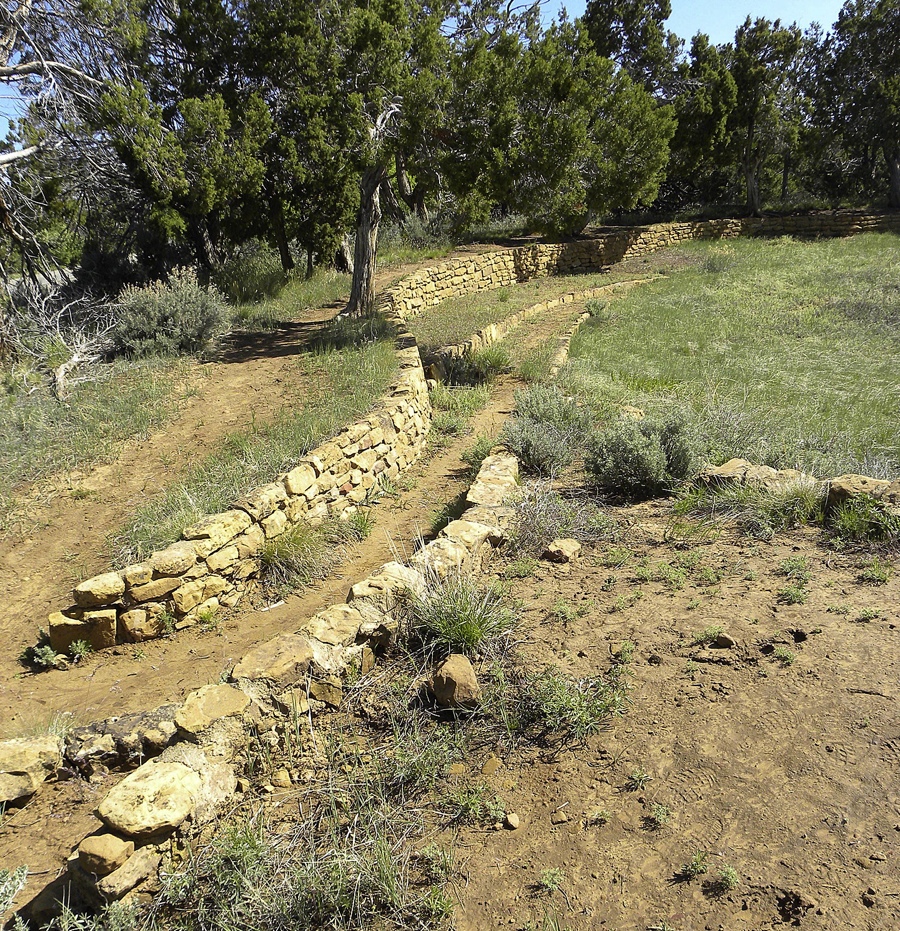
Image of the west side of Mummy Lake. Once interpreted to be a water intake ditch, this inclined walled structure may actually be a processional ramp, researchers argue.
Mummy stairs
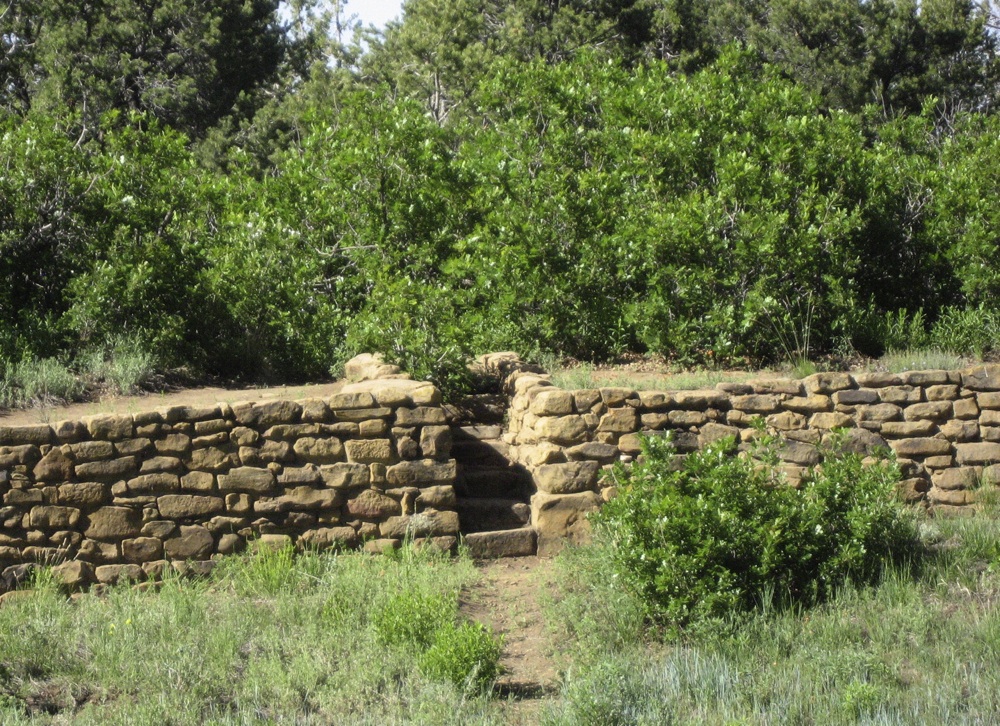
Shown here, stairs at the south end of Mummy Lake.
Mummy Lake
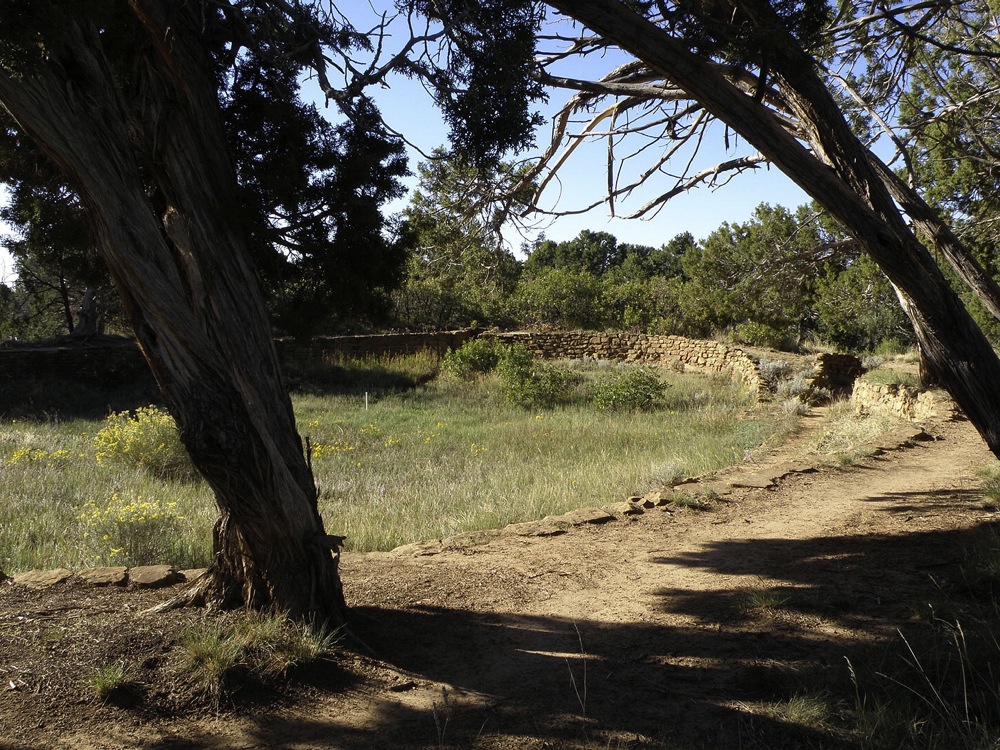
Mummy Lake, looking south. The walled processional entrance can be seen on right side structure. The southern stairs leading into Mummy Lake is hidden behind shrubbery.
Get the world’s most fascinating discoveries delivered straight to your inbox.
Chapin Mesa
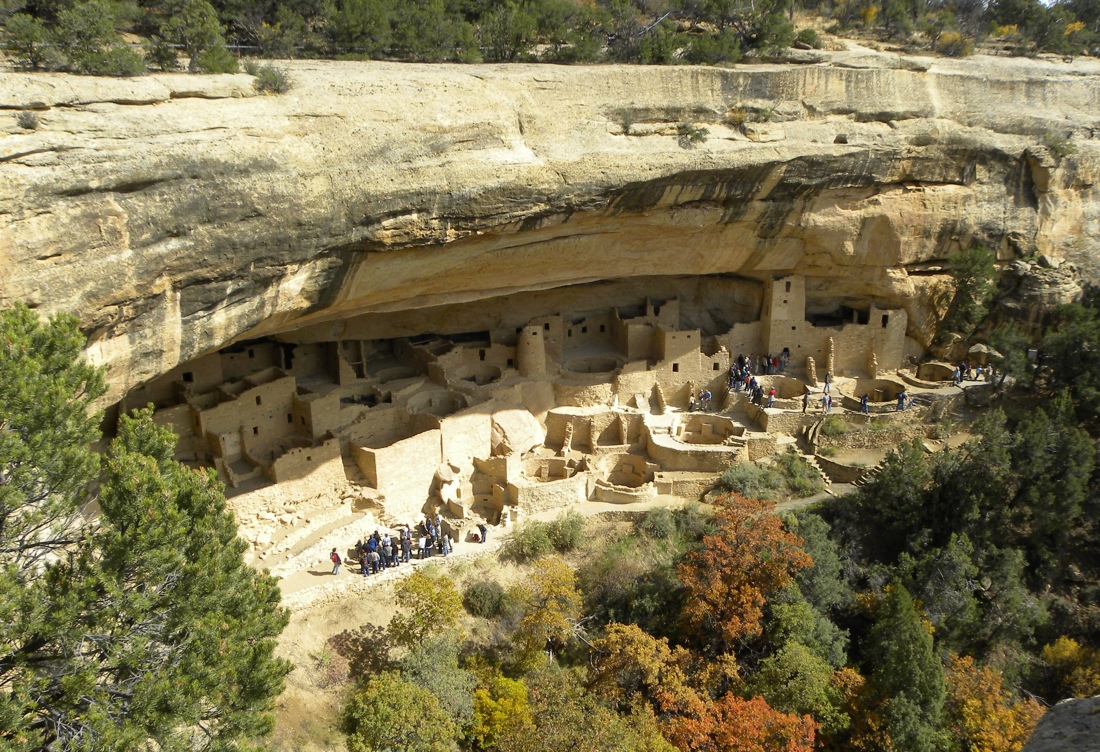
Far View refers to the group of archaeological structures located on the northern part of the park's Chapin Mesa ridge, where Mummy Lake is also situated. Shown here, one of the last structures built on Chapin Mesa.
Coyote Village
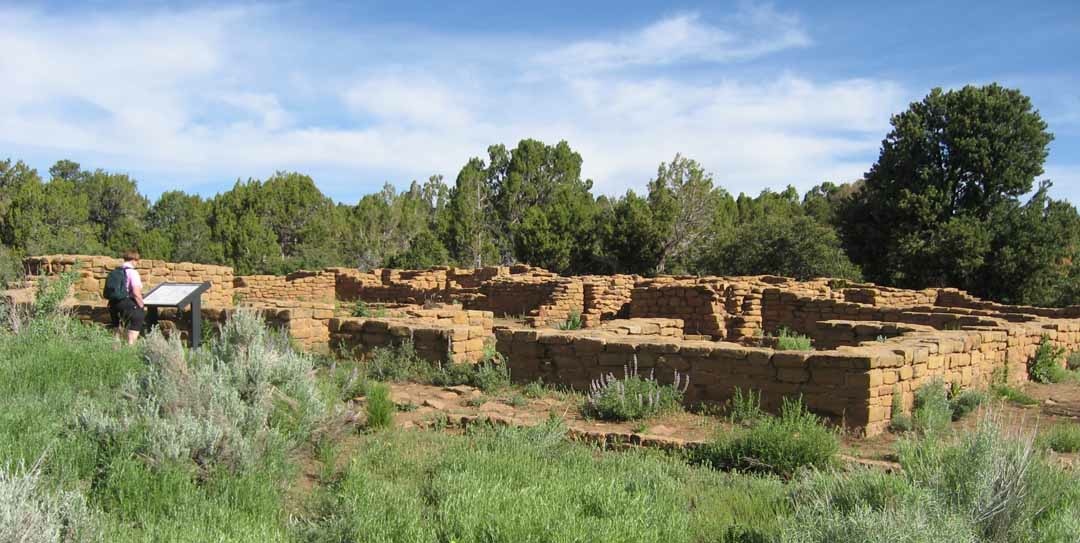
Coyote Village is part of Far View village, located southwest of Pipe Shrine House.
Mumy Lake Ditch
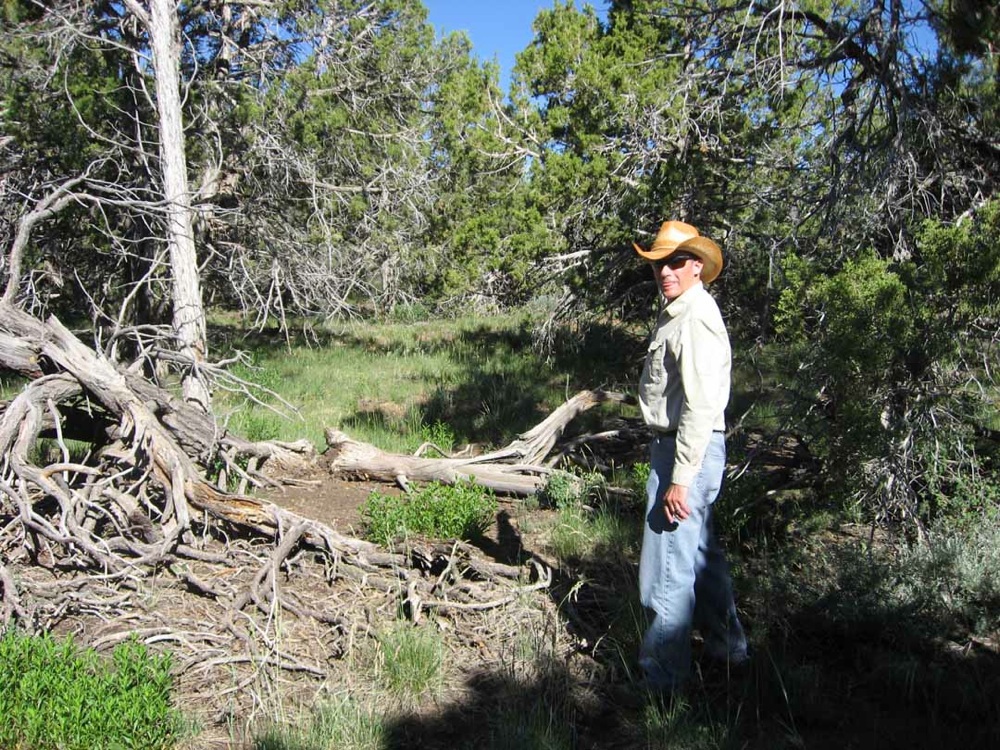
Study co-author Rich Friedman standing in the middle of processional road/ditch south of Mummy Lake in Colorado's Mesa Verde National Park.
Spruce Tree House
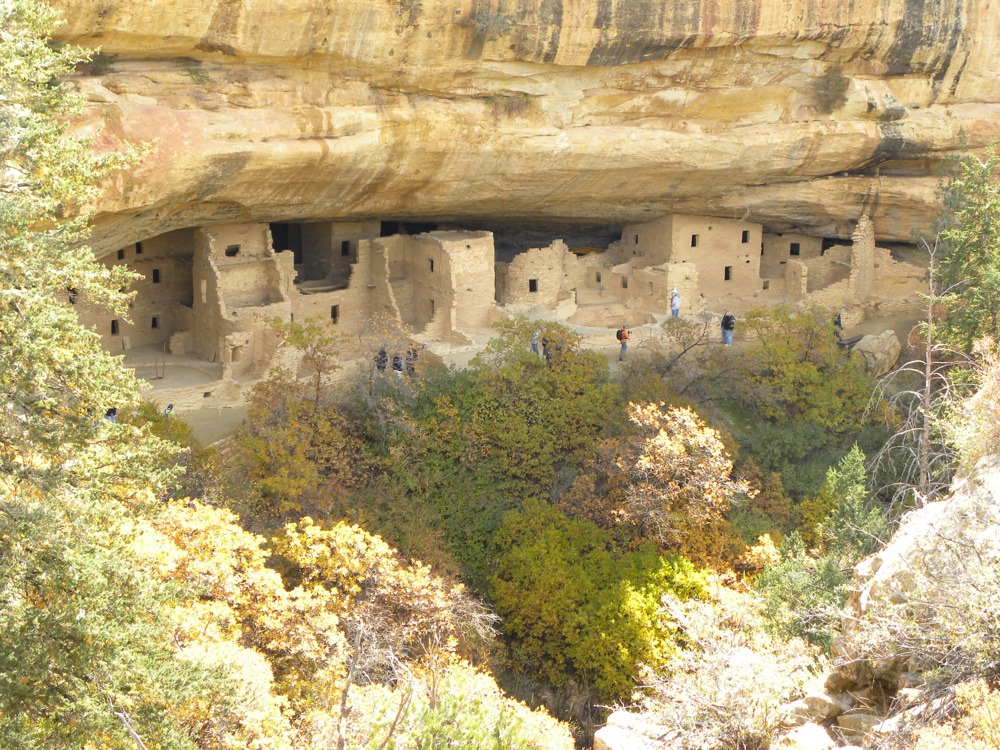
This spruce tree house was one of the last structures built on Chapin Mesa, where Mummy Lake is situated.



